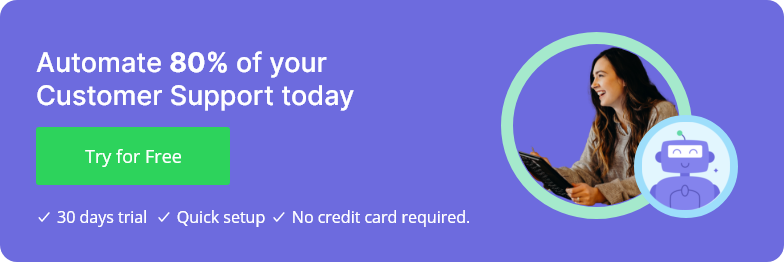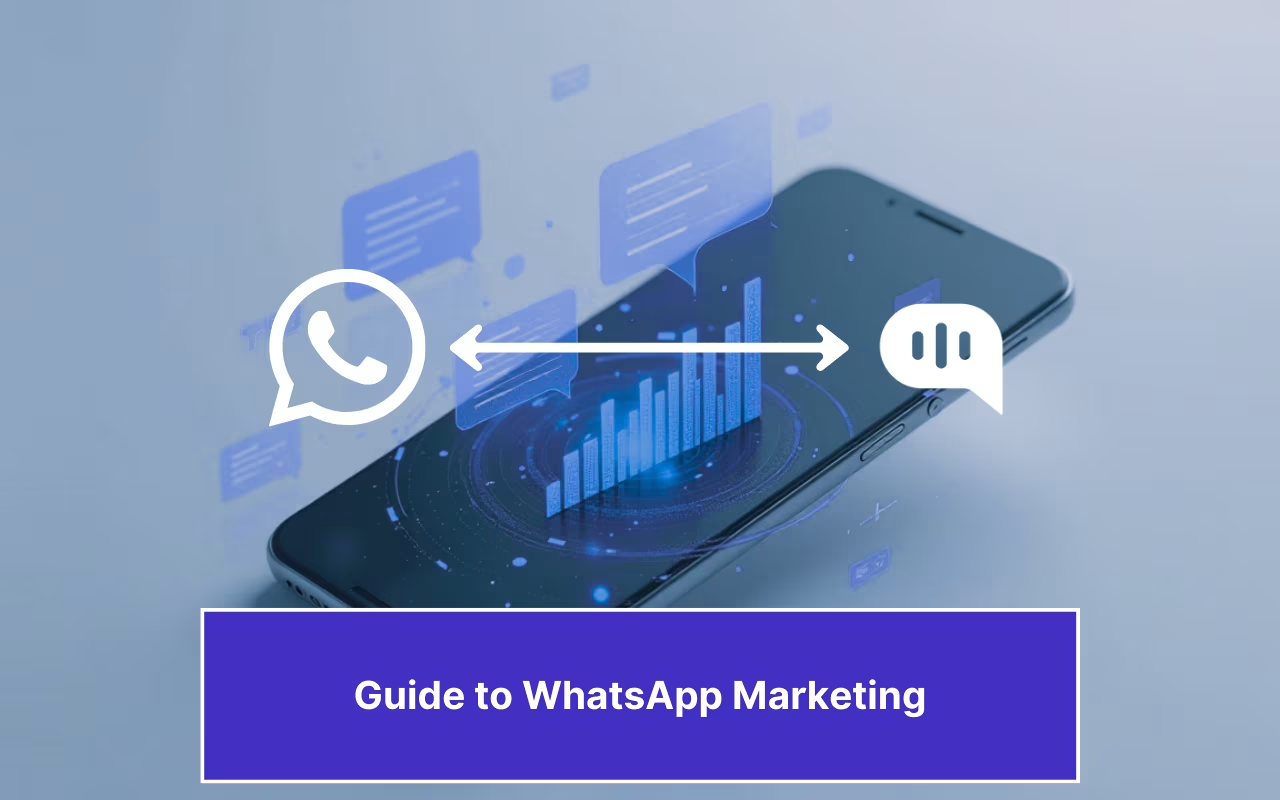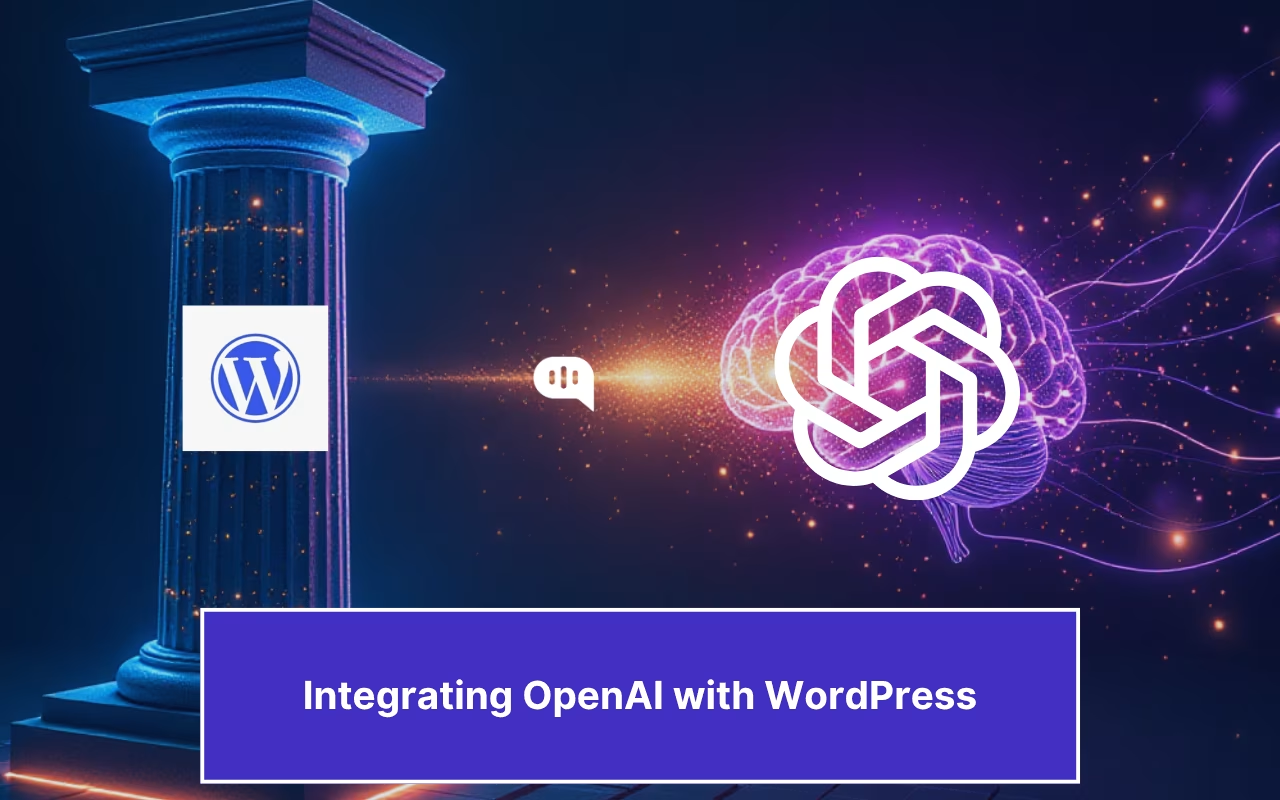Updated on January 9, 2025
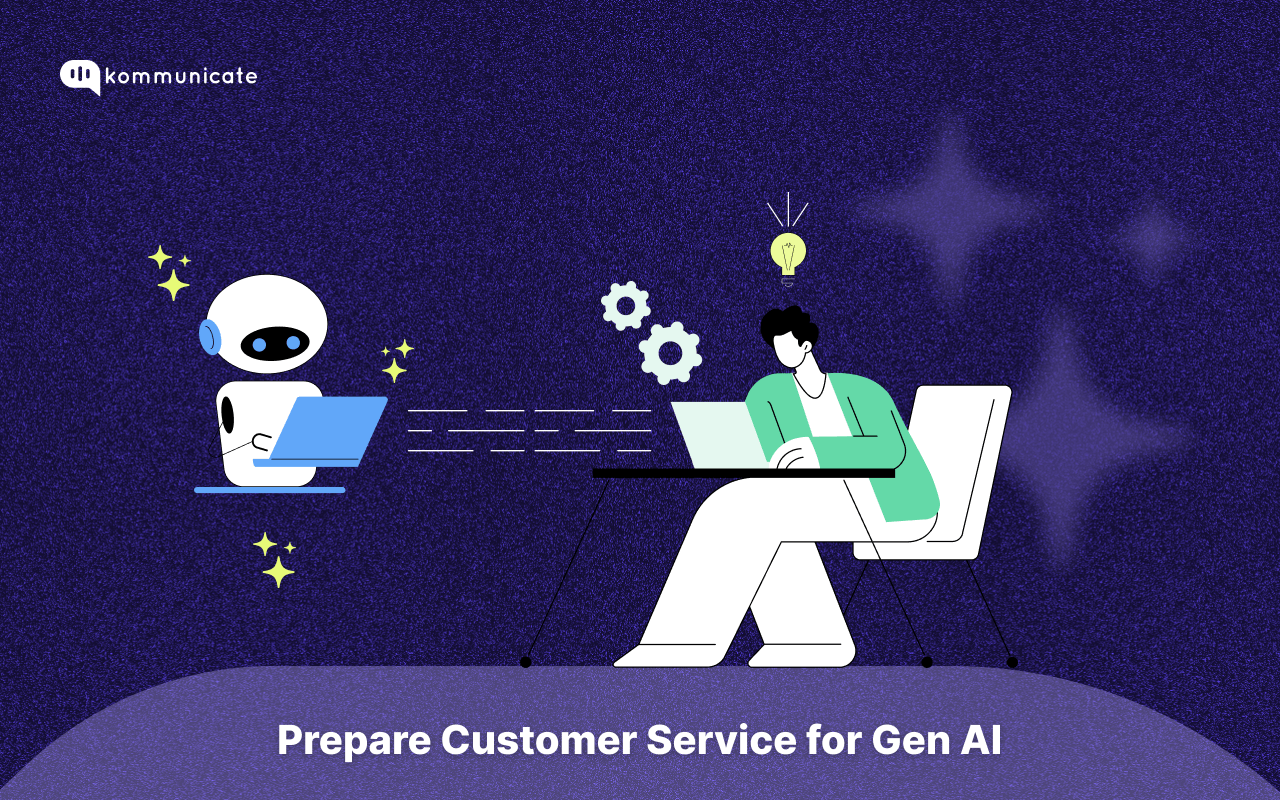
Early this year, one of the UK’s premier energy suppliers, Octopus Energy, started using generative AI in their customer service help center. They reported that since incorporating AI, it has automated the work of 250 customer service representatives and achieved higher CSAT ratings than humans.
The idea of using computers to automate customer service isn’t novel. Chatbots that use buttons to direct customers to appropriate information have existed for years. However, it is only over the past few years that generative AI has enhanced the capabilities of these chatbots.
This article documents a simple methodology that we use to help our clients prepare their help desks and documentation before they incorporate generative AI into their customer service workflows. But before we dive in, let’s explore generative AI itself.
What is Generative AI?
Like Octopus Energy, the US Energy of the financial services giant Manulife, John Hancock also incorporated generative AI into their customer service help center.
According to Tracy Kelly, the AVP of Contact Center and LTC Operations, who saw it firsthand, “The call reduction due to chatbot innovation equates to impressive cost savings we’ve been able to reinvest in our customer contact centers, which supports the customer experience.”
The technology that Octopus Energy and John Hancock relied on was generative AI. Generative AI is a new AI technology that has been trained to generate new texts and images.
In customer service, these chatbots are trained on your documents, websites, and knowledge base to answer customer questions. These generative AI chatbots are better than older models because:
- Human-Like Conversations – These generative AI models are trained with question-answer pairs that enable them to answer questions like a human would.
- Advanced Natural Language Processing (NLP) – The transformer models at the heart of these AI models can better understand human language.
- Personalization – Since these models can process data quickly, they can also craft personalized messages.
Armed with these features, modern generative AI chatbots are revolutionizing customer service. Let’s explore their benefits.
Why Use Generative AI for Customer Service?
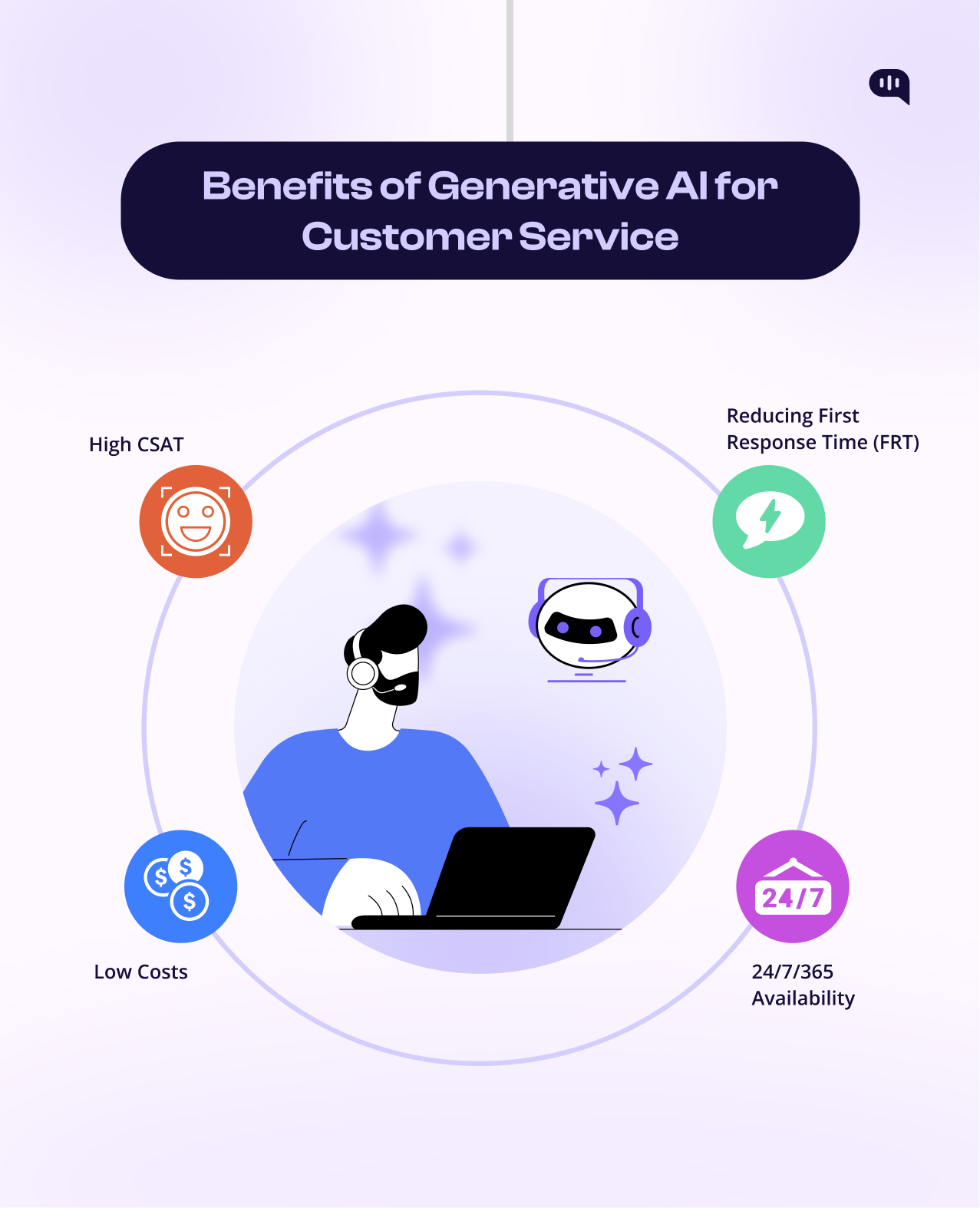
As we pointed out, generative AI has a high potential to automate multiple tasks for your customer service help center. There are a few features that enable generative AI chatbots to do this:
1. 24/7/365 Availability
Generative AI can resolve customer service complaints at all times of the day.
2. Low Costs
With newer models like ChatGPT-Omni and Gemini 1.5 Flash, they provide their APIs at marginal costs.
3. Reduced Response Times
Since generative AI can perform search and generation operations quickly, the first response to your customers goes out almost immediately.
4. Improved CSAT Scores
Gen AI provides fast responses with no human errors and thus achieves a CSAT score comparable to or better than human representatives.
5. Enhanced Personalization
Since generative AI can remarkably quickly retain and inspect customer information, it can provide personalized experiences. For example, Your generative AI chatbot can recommend personalized services to a customer depending on their past purchase.
6. Increased Efficiency
Gen AI chatbots can solve up to 60-80% of daily repetitive queries that a customer help center receives.
7. Greater Time for Complex Problems
Since many queries are automated through your chatbots, your human representatives get more time to focus on and prioritize complex and critical customer problems.
These features allow businesses to scale their customer service operations across markets efficiently. Since the costs remain low at scale, generative AI can drive efficiency in customer service while maximizing revenue opportunities for a business.
Now that you understand the opportunity, let’s discuss the changes you must make to your help desk before generative AI is implemented.
Implementing Generative AI in Customer Service: A Framework
We have enabled generative AI-augmented customer service across many brands globally, integrating AI-powered email ticketing systems to ensure seamless communication.
The IDEA Framework for Implementing Generative AI
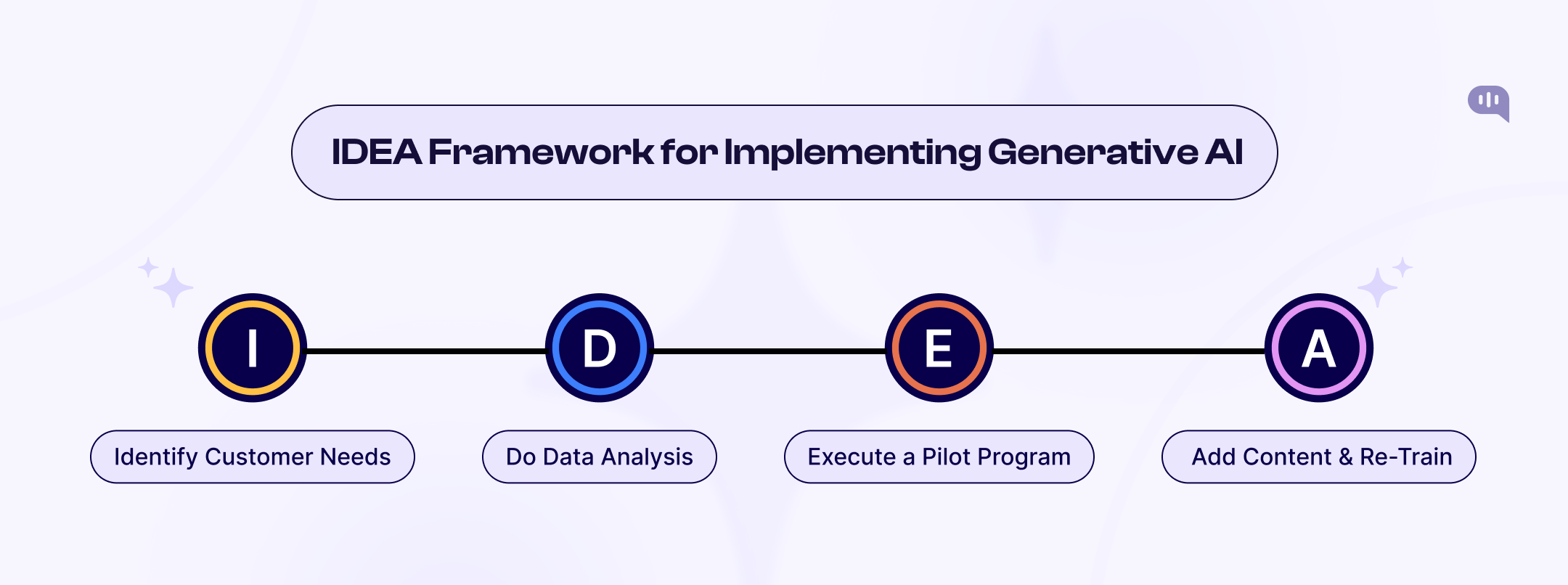
There are four steps you need for knowledge management before you implement Generative AI:
1. Identify Customer Needs
First, you need to understand where you need the most help. For example, a common problem we notice with clients is the need to address repetitive queries.
However, examining support tickets and finding common themes is necessary to form a concrete idea of customer needs. Examine your ticketing platform statistics and export a list of frequently asked questions. Then, create a document that answers them before you start training your AI chatbot.
Also, identify areas of your product or service where your customers need help. If there’s a particular process that your customers have trouble with, it will generate a lot of questions. And having a targeted SOP for those processes will help them navigate those problems.
2. Do Data Analysis
Once you’ve identified the areas of customer needs, it’s time to focus on data analysis. Find out if your knowledge base is complete with answers to all common customer questions.
One of the best ways to do this is to order your knowledge base by atomicity. In simple words, this refers to the process of creating an article for every small process.
As an example, for a recent BFSI giant we onboarded, we parsed their documentation around credit cards into the following articles:
- What is a credit card?
- How do I navigate to credit card applications?
- Which documents do I need for credit card applications?
When you order documents like this, you’ll have a bird’s eye view of any documents you might have missed in previous inspections. Also, since these documents are now appropriately titled, the AI will have an easier time finding the correct answers to questions.
When you train your chatbot, these titles will also help you write different versions of the repetitive questions you found in Step 1. Since these chatbots operate on “intents,” having different versions of a question in your training data will help the chatbot give more accurate answers.
3. Execute a Pilot Program
Since your implementation of AI will take iterations before becoming perfect, this is the time to launch an AI chatbot for a small customer base.
Most clients launch this to specific customers and evaluate the AI chatbot over a few weeks. Once the evaluation is done, you will find gaps in your documentation that can help you create new content to make your AI chatbot smarter when you re-iterate.
4. Add Content and Re-Train
Add new articles or documentation to your knowledge base to fill the content gaps and re-train your AI chatbot. This will create an AI chatbot ready to serve a larger audience.
You will start getting more innovative AI chatbots as you re-iterate through these four processes. And when your customer service help center AI has more answers, it will automatically resolve more queries and improve customer experience.
This framework covers all the bases around the implementation of generative AI. Another valuable facet to explore is the possible career progression changes AI can bring to a customer service team.
Remember that generative AI enables better service, but it won’t be a replacement for human agents. Your human agents will still need to deal with the more complex problems. They’ll just have more time to solve them.
In our experience, AI also enables these teams with more power to make strategic decisions that influence the revenue of your business.
Additionally, another set of things you need to consider before using AI for your help center are the possible drawbacks of the tech. Let’s see them.
Drawbacks of AI for Customer Service
While AI does help you scale your customer service help center, the current technology has some drawbacks. These are:
- Hallucinations – While AI has become more accurate, it can still give wrong information. Most companies deal with this by enabling RAG.
- Lack of empathy – AI can sometimes give out robotic answers that don’t match your brand tone. This can be standardized through proper fine-tuning and training.
- Security Risks – There is some degree of concern in terms of data usage for AI. To alleviate these concerns, choosing a vendor that prioritizes security and is certified by SOC2, GDPR, HIPAA, and other authorities is better.
- Reliability – AI systems (and software in general) might experience occasional downtime. Ensuring these downtimes are minimal when you sign your SLA is essential.
- AI Bias – AI might show bias when performing complex tasks. Choosing a seamless bot-to-human handover system is essential to minimize these occasions.
Despite these drawbacks, AI still holds massive promise for customer service. As we point out, multiple methods have already been created to address these drawbacks.
Final Thoughts
Get a quick overview of how Generative AI transforms customer service help centers and boost support efficiency. Watch now to see the key takeaways!
While using AI for customer service help centers isn’t uncommon, its adaptation has grown massively with the advent of generative AI applications. These applications have enabled human-like conversations that can resolve customer questions at scale.
Generative AI is available 24/7 and can solve repetitive queries at scale, making it easier for businesses to scale their customer service operations.
However, implementing AI without any technological experience might be difficult. So, we introduce the IDEA framework, where you:
- Identify Customer Needs
- Do Data Analysis
- Execute AI for a Small Customer Base
- Add Content and Re-Train
This framework allows businesses to add and expand generative AI within their customer service function.
Businesses also need to be cautious about the potential drawbacks of AI applications. However, despite these drawbacks, using generative AI in customer service makes sense. It’s one of the best ways to scale the function and derive better revenue without a significant investment.
As the Head of Growth, Marketing & Sales, Yogesh is a dynamic and results-driven leader with over 10+ years of experience in strategic marketing, sales, and business development.

